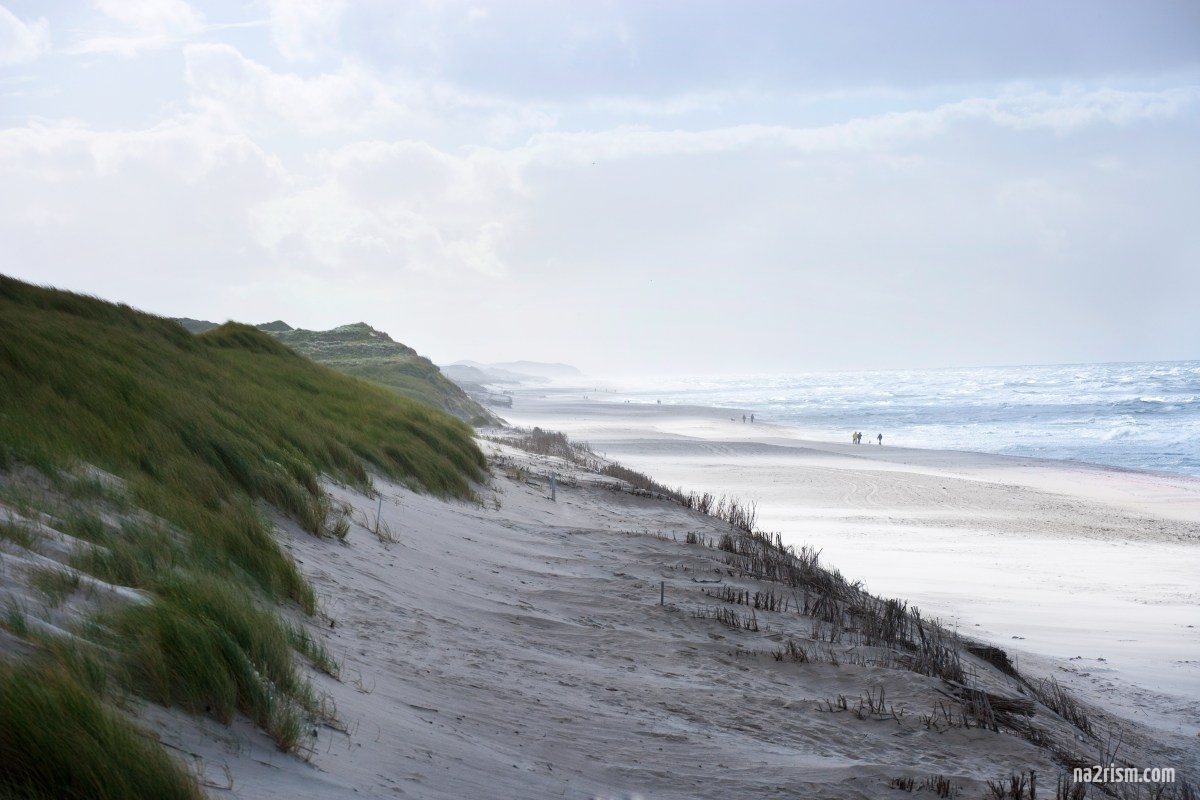Nudity, as a cultural and social phenomenon, has held various meanings throughout history, often reflecting the values and ideologies of the time. In the early 20th century, the nudist movement, or Freikörperkultur (FKK) in Germany, was a significant cultural trend that advocated for body freedom and natural living. However, the rise of the Nazi regime in 1933 marked a pivotal shift in how nudity was perceived and regulated. This article explores the complex and often contradictory attitudes of Nazi Germany towards nudity, examining how the regime’s ideology, propaganda, and policies influenced the Freikörperkultur movement.
The Freikörperkultur Movement Before the Nazis
Before delving into the Nazi era, it is crucial to understand the roots of the Freikörperkultur movement in Germany. The FKK movement began in the late 19th century as a reaction against the industrialization and urbanization that were rapidly changing German society. Advocates of the movement believed in the health benefits of sunlight, fresh air, and natural living, and they promoted nudism as a way to return to a more natural and harmonious existence.
By the early 20th century, the FKK movement had gained considerable popularity in Germany, with numerous nudist clubs, publications, and even dedicated resorts. The movement was not only about physical health but also about a philosophical and spiritual connection to nature. It was seen as a way to liberate the body from societal constraints, promote equality, and foster a sense of community.
The Nazi Seizure of Power and Initial Ambivalence Towards Nudity
When the Nazis came to power in 1933, they inherited a society where the FKK movement was already well-established. The regime’s initial response to nudism was ambivalent. On one hand, the Nazis were obsessed with the ideal of a racially pure and physically fit Aryan body, which aligned with some aspects of the nudist movement’s focus on physical health and natural living. On the other hand, the regime was also deeply conservative, with a strong emphasis on traditional morality, which made public nudity a contentious issue.
Initially, there was no clear policy on nudism, leading to a variety of responses from local authorities. Some nudist clubs were allowed to continue operating, while others were shut down. The regime’s attitude towards nudism during these early years was shaped by a combination of pragmatic considerations and ideological conflicts within the Nazi leadership.
The Ideological Conflict: Health vs. Morality
The Nazi regime’s attitude towards nudity was marked by a fundamental ideological conflict between the desire to promote physical health and the need to enforce traditional moral values. On one hand, the regime encouraged physical fitness and outdoor activities as part of its broader emphasis on building a strong and healthy Aryan race. The FKK movement, with its focus on sunbathing, exercise, and natural living, was seen as potentially beneficial in this regard.
However, the regime also placed a strong emphasis on traditional gender roles, family values, and sexual morality. Public nudity, even in the controlled environments of nudist clubs, was viewed by many within the regime as a threat to these values. There was a fear that nudism could lead to sexual promiscuity and the breakdown of traditional family structures, which were central to the Nazi vision of society.
This ideological conflict was reflected in the regime’s inconsistent policies towards nudism. While some officials saw the potential health benefits of nudism and were willing to tolerate it, others were more concerned with maintaining strict moral standards and sought to suppress it.
The 1933 Ban on Public Nudity
One of the first clear indications of the regime’s stance on nudity came in March 1933, shortly after the Nazis seized power. The regime issued a decree banning public nudity, which effectively outlawed the activities of many nudist clubs and organizations. This ban was justified on the grounds of protecting public morality and maintaining order, but it was also a reflection of the regime’s broader desire to control all aspects of German life.
The ban on public nudity was a significant blow to the FKK movement, but it was not the end of nudism in Nazi Germany. Many nudist clubs found ways to continue operating in a more private and controlled manner, often with the tacit approval of local authorities. The regime’s approach to enforcing the ban was inconsistent, with some areas allowing nudist activities to continue while others strictly enforced the prohibition.
The Role of the Reichssportführer
The Nazi regime’s ambivalence towards nudism was further complicated by the role of the Reichssportführer, the head of the Reich Sports Office, who was responsible for overseeing all sports and physical activities in Germany. Hans von Tschammer und Osten, who held this position from 1933 to 1943, was a strong advocate for physical fitness and outdoor activities, including nudism.
Von Tschammer und Osten saw nudism as a way to promote the physical health of the German people, and he argued that it should be allowed to continue under strict supervision. He believed that nudism could be beneficial if it was properly regulated and kept within the bounds of traditional morality. As a result, some nudist clubs were allowed to continue operating under the auspices of the Reich Sports Office, provided they adhered to certain guidelines.
These guidelines included restrictions on mixed-gender activities and the requirement that nudist activities be conducted in private, away from the public eye. The regime also sought to ensure that nudist clubs promoted the ideals of the Nazi state, including racial purity and loyalty to the Führer. In this way, the regime attempted to co-opt the nudist movement and bring it in line with its broader ideological goals.
The Co-Optation of Nudism by the Nazi State
As the Nazi regime consolidated its power in the mid-1930s, it increasingly sought to bring all aspects of German society under its control, including the nudist movement. The regime’s strategy was to co-opt the movement, rather than outright suppress it, by integrating it into the broader framework of Nazi ideology.
One of the ways the regime did this was by promoting the idea of “racial hygiene,” which linked physical fitness and health to the purity of the Aryan race. Nudism, with its emphasis on physical health and natural living, was seen as a potential tool for promoting racial hygiene, provided it was practiced within the bounds of Nazi morality.
The regime also sought to control the content of nudist publications and the activities of nudist clubs. Nudist magazines, which had been an important part of the FKK movement, were subject to strict censorship, and any content that was deemed to be sexually suggestive or morally subversive was banned. Nudist clubs were required to register with the state and adhere to strict guidelines, including the promotion of Nazi ideals.
In some cases, the regime even established its own state-sponsored nudist clubs, which were intended to promote the physical health of the German people while also reinforcing Nazi values. These clubs were carefully monitored to ensure that they did not deviate from the regime’s ideological goals.
Nudity in Nazi Propaganda
Despite the regime’s efforts to control and co-opt the nudist movement, nudity itself continued to be a controversial issue within Nazi Germany. The regime’s propaganda often portrayed the idealized Aryan body as a symbol of racial purity and physical strength, but it did so in a way that was carefully controlled and devoid of any overt sexual content.
Nudity was used in Nazi propaganda to promote the idea of the “new man” and “new woman,” who were physically fit, racially pure, and loyal to the Führer. This idealized image of the Aryan body was presented in a way that emphasized its health and strength, while avoiding any suggestion of sexual immorality.
For example, the regime promoted the idea of nude sunbathing as a way to improve physical health and enhance the appearance of the Aryan body. This was presented as a purely functional activity, devoid of any sexual connotations. Nude sunbathing was often depicted in propaganda posters and films as a wholesome and natural activity, in keeping with the regime’s emphasis on physical fitness and racial hygiene.
At the same time, the regime was careful to distance itself from any associations with the more radical elements of the FKK movement, which had sometimes embraced more liberal attitudes towards sexuality. The regime’s portrayal of nudity was always within the context of its broader ideological goals, and any hint of sexual permissiveness was strictly avoided.
The Suppression of Deviant Nudism
While the Nazi regime sought to co-opt and control the mainstream nudist movement, it was also determined to suppress any forms of nudism that it deemed to be deviant or subversive. This included not only nudism that was seen as sexually immoral but also nudism that was associated with political or religious dissent.
One of the groups that came under particular scrutiny was the Wandervogel, a youth movement that had been associated with both the FKK movement and various forms of countercultural and anti-authoritarian ideas. The Wandervogel had embraced nudism as part of a broader rejection of modern industrial society, and they were often seen as a threat to the Nazi state’s authority.
The regime targeted the Wandervogel and other similar groups for suppression, viewing them as potential breeding grounds for political dissent. Many members of these groups were arrested and sent to concentration camps, where they were subjected to harsh treatment. The regime also sought to dismantle any organizations that were associated with these groups, including nudist clubs that were seen as promoting anti-Nazi ideas.
The Impact of World War II on Nudism in Nazi Germany
The outbreak of World War II in 1939 brought about significant changes in the Nazi regime’s attitude towards nudism. With the country at war, the regime became increasingly focused on maintaining public order and discipline, and there was little tolerance for activities that were seen as frivolous or subversive.
Many nudist clubs were closed down during the war, either because they were seen as a distraction from the war effort or because they were located in areas that were needed for military purposes. The regime also stepped up its efforts to control public morality, and any form of public nudity was strictly forbidden.
At the same time, the regime continued to promote the ideal of the physically fit Aryan body, and nudity continued to be used in propaganda to promote this ideal. However, the focus was increasingly on the militarization of society, and nudism was largely sidelined in favor of more overtly nationalist activities.
The Nazi regime’s attitude towards nudity was marked by a complex and often contradictory set of beliefs and policies. On one hand, the regime saw nudism as potentially beneficial for promoting physical health and racial hygiene, and it sought to co-opt the movement for its own ideological purposes. On the other hand, the regime was deeply conservative and concerned with maintaining strict moral standards, which led to the suppression of many aspects of the nudist movement.
Throughout the Nazi era, the regime’s approach to nudism was characterized by a careful balancing act between these competing priorities. While some elements of the FKK movement were allowed to continue under strict supervision, others were suppressed or co-opted to serve the regime’s broader goals. In the end, the Nazi regime’s attitude towards nudity reflected its broader obsession with control, discipline, and the maintenance of racial purity.
The legacy of the Nazi era had a profound impact on the FKK movement in Germany, which struggled to recover in the post-war period. The movement had been deeply compromised by its association with the regime, and it took many years for it to regain its place in German society. Today, the FKK movement continues to exist in Germany, but it carries with it the complex and often troubling legacy of its history under Nazi rule.

